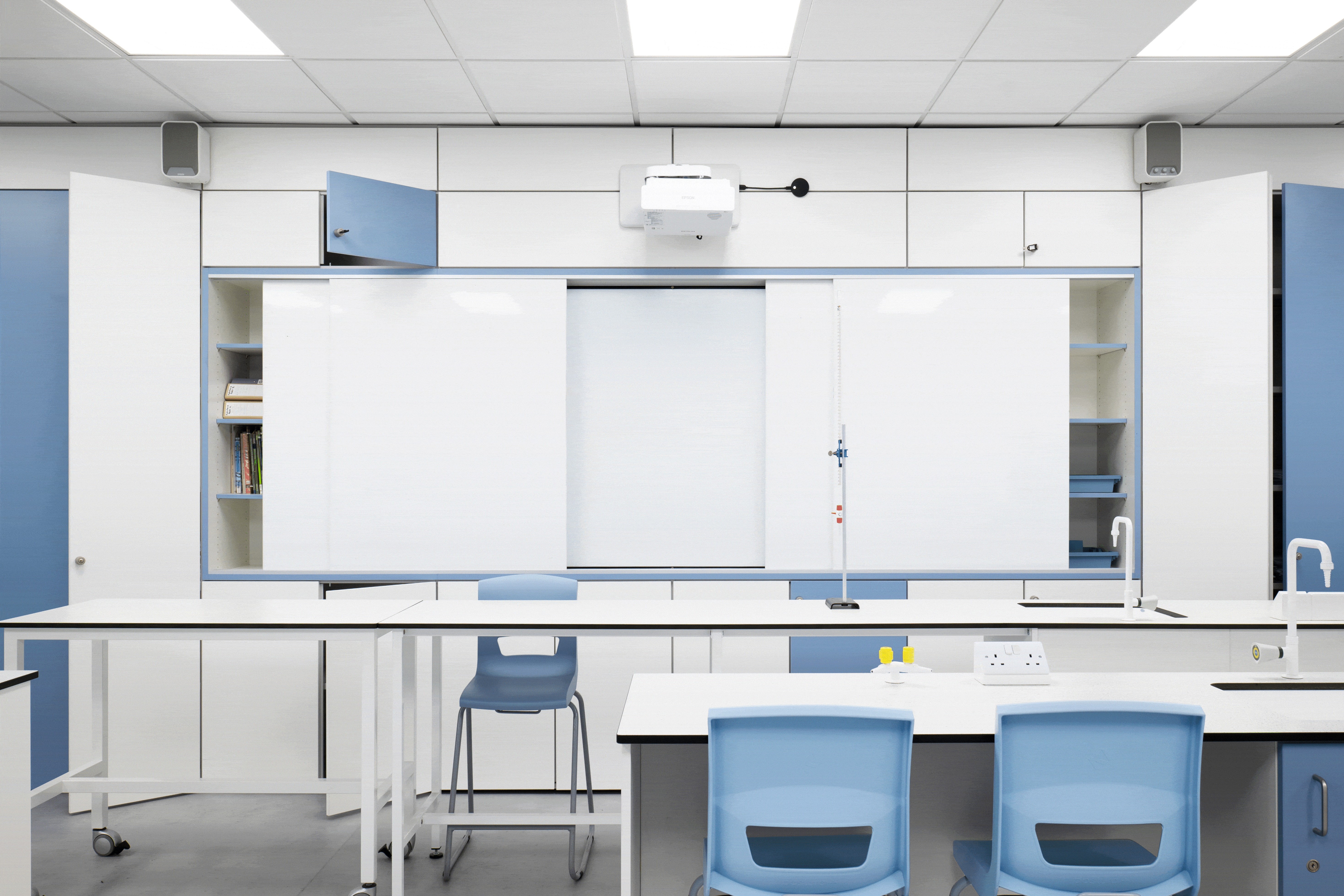It’s old news that outdoor learning spaces are fundamental to a child’s development. Having areas to roam free and plentiful chances to experience challenging circumstances in the natural world are crucial to mental progression. It’s also true that whilst we make excellent provision for our young students to experience life outside of the classroom, the older our children get, the fewer opportunities they have to connect with nature. We look at 5 reasons why learning in a purpose-built outdoor classroom should be a regular fixture for children of all ages.
1) It’s a great way of maximising spaceSchools are under increasing pressure in terms of useable space. Growing class sizes and shrinking budgets mean that space for learning is at a premium. But not all learning needs to take place under a roof. All subjects have the potential to be taught outside. With a bit of careful planning, Maths, English, Science, and a host of other subjects canbe delivered in the fresh air. Not only will it free up space, but it’s almost guaranteed to raise engagement and productivity.
2) It’s a place to get messy, without worrying what the cleaners will sayWhilst more traditional lessons can benefit from being moved outside, it’s also a chance to get extraordinarily creative. Not having to worry about spilling paint onto carpets or accidentally dripping glue on the walls is liberating. Think big in terms of materials and let the children express themselves by making a mess. Giant art projects can boost class teamwork and enhance collaborative skills, they also make great centrepieces for large areas around school that are otherwise difficult to fill with traditional displays.
3) They are places to chatJust being removed from the constraints of the school walls can allow children to feel less restricted and more relaxed. And this is reflected in their conversation. Try having a chat with your class in the outside classroom area and it is sure to be more animated and joyous than a discussion taking place inside. This makes the outside classroom an excellent place to conduct PSHE lessons, as the children feel happier opening up about their feelings and emotions. Children also enjoy talking to their peers in the outside world. Be sure to provide plenty of comfortable informal seating and allow relationships to flourish.
4) They have numerous uses, all year roundIn light of the global pandemic, outside classrooms are proving purposeful whatever the season, and have provided a closer connection to nature, promoting a sense of wellbeing for both staff and students.Sensible clothing and carefully considered design have seen the outdoor space being used all year round. Whilst ventilation is important, shelter from the wind and rain can be achieved using retractable screens and partitions. An obvious tip would be to always have a school supply of warm clothing available so that “I’ve forgotten my coat, Miss” doesn’t become a recurring excuse.
Do you have an outdoor classroom? How does it work best for you and your pupils? We’d love to hear your creative ideas for learning creatively in the natural environment.
Outdoor classrooms are proving to make great dining spaces; beautiful winter days are perfect for getting outside when wrapped up warm, cosily sheltering from the oncoming elements.
5) They provide structure to activities and lessons that are otherwise difficult to plan. Without an outdoor classroom, learning in nature is often given a wide berth, because it can be deemed too difficult to plan and cater for. An outdoor classroom allows teachers to regularly and consistently plan sessions, store resources, and give children timetabled opportunities to get physically expressive. Schools can have an outdoor learning curriculum overview, producing longterm plans across all year groups to ensure diverse coverage of skills not being adequately covered by the ‘normal’ curriculum. So there it is, a brief snapshot of the importance of having a dedicated outdoor space. It’s a chance to set yourself apart from other educators, dramatically improving the mindset, motivation and attitude of all pupils. Getting regularly outdoors can be one of the most powerful changes that a school can implement



